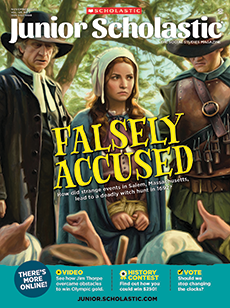Voters who aren’t loyal to a political party and may be persuaded to vote for either a Democrat or a Republican. (Their turnout often determines who wins a presidential election, especially in states where the race is tight.)
Common Core: RH.6-8.4, RH.6-8.10, RI.6-8.4, RI.6-8.10, L.6-8.4, L.6-8.5, L.6-8.6
NCSS: Individuals, Groups, and Institutions • Power, Authority, and Governance • Civic Ideals and Practices
